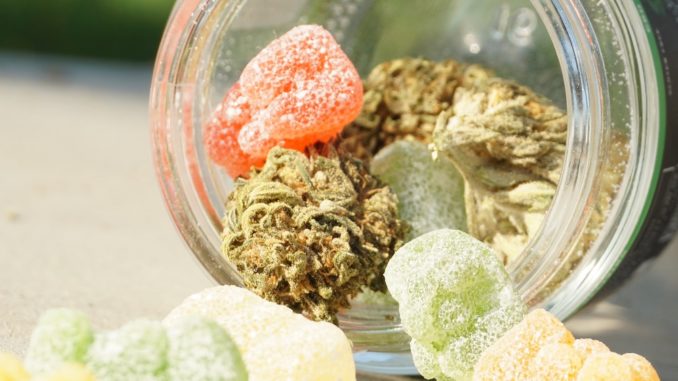
A recent study from the Oregon Health and Science University found that reports of marijuana use among children and teenagers to poison centers increased by 245% between 2000 and 2020, ABC News reports.
More than 330,000 complaints from the National Poison Data System were examined by experts over the course of 20 years, and they discovered that marijuana rates had increased more than any other drug, with the biggest jump occurring between 2017 and 2020.
“Marijuana is readily accessible, in multiple forms, whether at a store, from a friend or relative, or online,” said Alok Patel, a pediatrician at Stanford Children’s Health.
According to the survey, reports of alcohol usage gradually declined over the same time period and were overtaken by marijuana in 2014.
While dextromethorphan, an ingredient in cough medicines, had the largest number of instances throughout the 20-year period and accounted for 15% of complaints, edible marijuana products accounted for the biggest rise in calls to poison control centers.
Benzodiazepines, such as Valium and Xanax, came in second with 7.5% of instances.
From 2018 to 2020, marijuana received the most calls. No matter the drug, the study indicated that older male teenagers between the ages of 16 and 18 were more likely to be engaged in the reported instances.
Calls for exposure to any substance where there was a health risk and purposeful abuse were made to poison centers by medical personnel, public health organizations, or members of the general public.
The calls may have been made as a result of incorrect drug usage, use of the substance to get high, or overdosing. Deaths from any drug were uncommon (0.1%), and older teenagers were more likely to die from ingestion.
“These are important conversations that need to happen alongside conversations about legalizing marijuana,” Patel said. “While it is true that other substances are far more dangerous when ingested, this doesn’t mean marijuana is harmless. We still have a lot to learn about the long-term effects of marijuana use in the developing adolescent brain.”

Be the first to comment